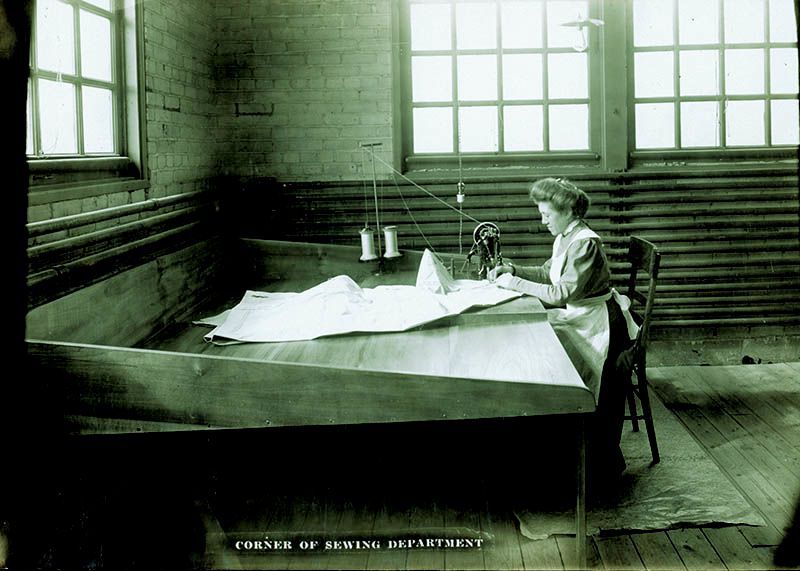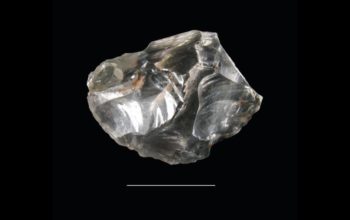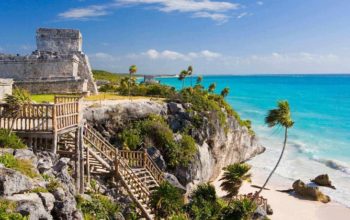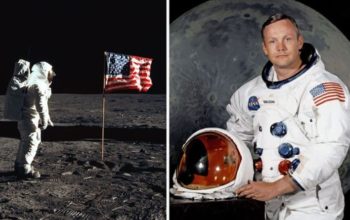History-
“In 1910, the Wright Brothers hired an Ohio seamstress, who is only now being recognized as the first female worker in the American aviation industry.”
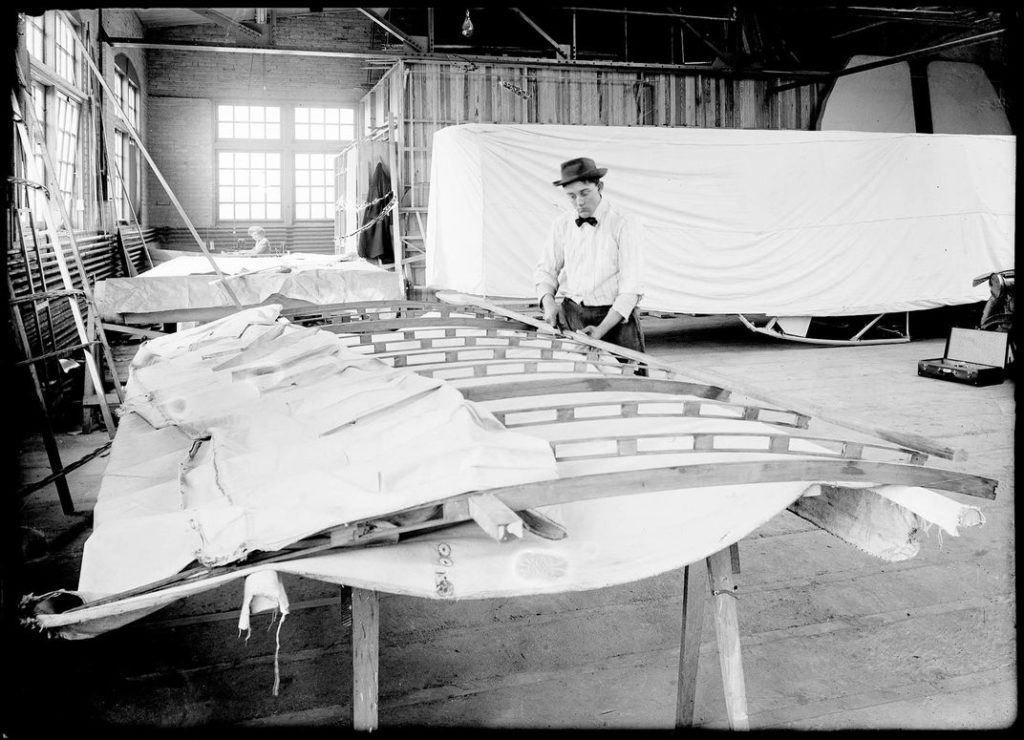
The following written content by Leo DeLuca
Around 1910, Ida Holdgreve, a Dayton, Ohio, seamstress, answered a local ad that read, “Plain Sewing Wanted.” But the paper got it wrong. Dayton brothers Wilbur and Orville Wright were hiring a seamstress, though the sewing they needed would be far from plain.
“Well, if it’s plain,” said Holdgreve years later, recalling her initial thoughts on the brothers’ ad, “I can certainly do that.” The quote ran in the October 6, 1975, edition of Holdgreve’s hometown newspaper, The Delphos Herald.
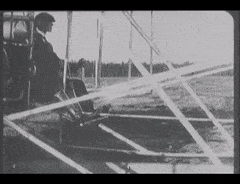
The Wright brothers, in fact, wanted someone to perform “plane sewing,” but in 1910, that term was as novel as airplanes themselves—a typesetter could have easily mixed up the spelling. And while Holdgreve lacked experience with “plane sewing,” so did the vast majority of the world. She got the job, and the typo turned a new page in women’s history.
“The fact that, early on, a woman was part of a team working on the world’s newest technology is just amazing to me,” says Amanda Wright Lane, the Wright brothers’ great-grandniece. “I wonder if she thought the idea was crazy.”

By the time Holdgreve answered the brothers’ ad, seven years had passed since their first 1903 flight, yet Wilbur and Orville were only recent celebrities. While the original Wright Flyer showed proof of concept, it took another two years to build a machine capable of sustained, maneuverable flight—a practical airplane—the 1905 Wright Flyer III. Finally in August 1908, after being stymied by patent and contract issues, Wilbur made the first public flights at Hunaudières racecourse near Le Mans, France; then and there, the brothers became world famous. The following year, Wilbur circled the Statue of Liberty during New York’s Hudson-Fulton Celebration. Read more from Smithsonian.

